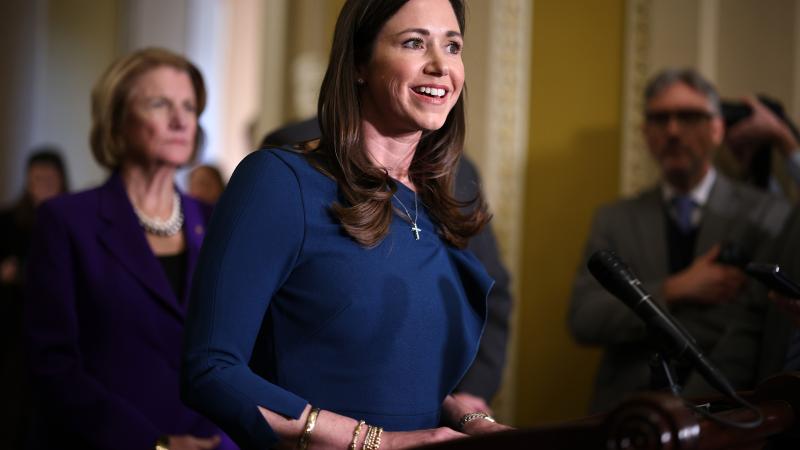California revises 2023 job growth down from 325k to just 50k jobs as deficit to rise
The downward revision resulted in decreased counts for all industries except for health and government; Gov. Newsom proposes $8.5 billion in cuts with expected deficit of $73 billion.
California revised job growth for 2023 from 325,000 jobs to just 50,000 jobs, suggesting the state’s $73 billion deficit for the coming year may be even larger than earlier estimated. With a rising unemployment rate, this means there are fewer workers paying taxes, and more individuals receiving unemployment benefits, which will both reduce tax revenue and increase spending.
“The corrected data show that the state added just 50,000 jobs between September 2022 and September 2023,” wrote the state-run, non-partisan Legislative Analyst’s Office in its revision report. “The monthly jobs report, which the administration and the Legislature relied on to gauge the economy during that period, showed the labor market growing steadily, appearing to add more than 300,000 jobs over that period.”
The downward revision resulted in decreased counts for all industries except for health and government: professional services declined the most, with 132,000 jobs cut from the count, followed by leisure and hospitality at 47,000, trade, transportation and utilities at 47,000, finance at 36,000, information at 33,000, construction at 14,000, and manufacturing at 6,000. Health gained 11,000 and government gained 24,000 in the revised count compared to the earlier count.
The LAO says the professional services industry, “which includes law firms, accounting firms, engineering and technical firms, and management consulting firms, tends to employ high-wage earning workers.” Because the top 1% of income earners, who often are in professional services, pay 45% of state income taxes, declines in the industry could lead to significant revenue declines for the state.
California’s unemployment rate has been rising since August 2022, when the unemployment rate amid the post-pandemic economic recovery bottomed out at 3.8%. In January, the unemployment rate rose from 5.1% to 5.2%. The LAO says California’s rising unemployment triggered the Sahm Rule, a recession indicator, in March of 2023. The LAO claims the Sahm Recession Indicator, which identifies the start of a recession when the “three-month moving average of the unemployment rate rises by 0.5 percentage points or more relative to its low during the previous 12 months,” has had “no false positives” and accurately indicated the last six U.S. recessions, suggesting California entered into a recession.
When asked about the jobs revision and likely impact on state finances, State Sen. Brian Dahle, R-Bieber, suggested the state’s Democratic majority inability to cut regulations and failed government programs are leading to both job losses and budget woes.
“The majority party should've been heeding indicators two or even three years ago as Californians were fleeing the state,” Dahle said. “Now, they're attempting to polish their budgeting blunders by shifting money, deferring, and raising taxes when they should cut schemes such as the high-speed rail and Project Roomkey that are costing taxpayers billions.”
California’s Democratic legislature proposed just $2.1 billion in spending cuts, with California Governor Gavin Newsom proposing $8.5 billion in cuts. Both pale in comparison to the state’s $73 billion deficit.
Because of 2004’s Proposition 58, the state is required to pass a balanced budget each year in which revenue is not outstripped by recurrent expenditures, including debt financing. The governor can call a fiscal emergency to address the budget problem within 45 days. If the legislature cannot reach an agreement to pass a balanced budget within 45 days, it is prohibited from acting on any other bills or entering recess until a balanced budget is passed. Prop. 58 also banned borrowing to cover deficits except in the case of short-term borrowing to cover cash shortfalls in the general fund.
Should revenue expectations continue to decline, California legislators and the governor may be left with no choice but to cut tens of billions of dollars from the state’s $209 billion proposed budget.
















